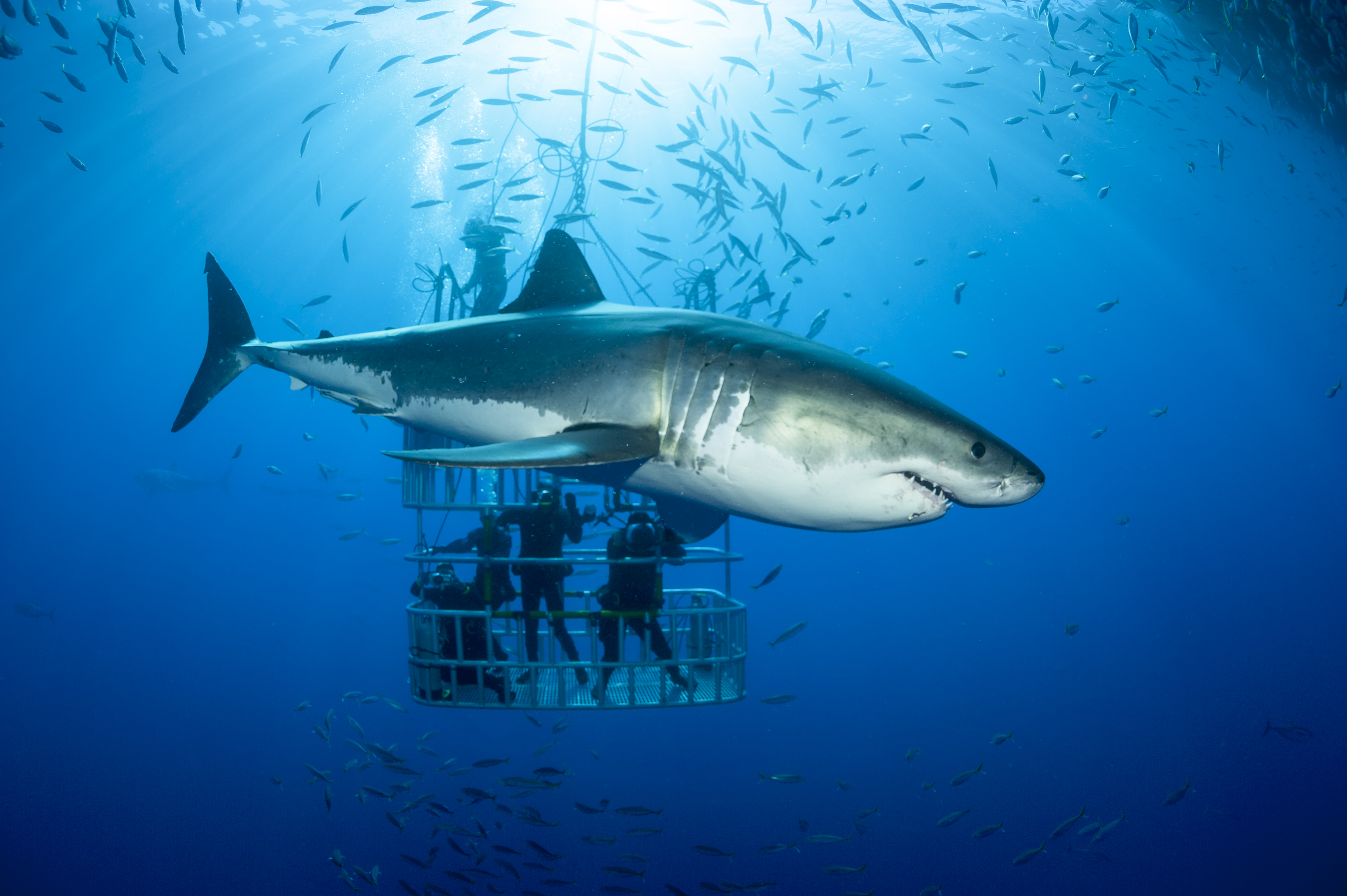- In 1916, four people – including a 10-year-old boy – were killed in shark attacks along the New Jersey shore.
- This series of attacks inspired Steven Spielberg’s “Jaws” decades later. In the blockbuster film, a fearsome great white shark terrorizes the citizens of Amity Island.
- But according to a shark expert, there have only been two incidents in recorded history in which a single shark has attacked multiple people.
- Visit Business Insider’s homepage for more stories.
The great white shark of “Jaws” fame, which loses a game of oceanic cat-and-mouse after eating several people, is a legendary Hollywood monster.
The hellish creature didn’t come solely from writer Peter Benchley and director Steven Spielberg’s imaginations: It was in part based on a shark that killed four people along the New Jersey coastline in 1916.
The spate of attacks that partially inspired “Jaws” culminated in the town of Matawan, where a 10-year-old boy was killed on July 12, 1916, while swimming in an inland creek more than 10 miles away from the nearest ocean bay.
However, the scenario in the 1975 film and the real-life events that inspired it are highly unusual, according to George Burgess, the former director of the Florida Shark Research Program.
"Animal populations, much like humans, sometimes have deranged individuals," Burgess told Business Insider.
In fact, the 1916 attacks were only one of two times in recorded history that a single shark perpetuated multiple attacks on humans, Burgess said. Typically, sharks avoid humans, and the rare cases in which these predators do chomp on a swimmer are usually hit-and-runs.
'Ferocious man-eating sharks'
On July 1, 1916, Charles Vansant was maimed in the water in front of a hotel in Beach Haven, New Jersey. He died as a result of his wounds. Less than a week later, Charles Bruder perished in Spring Lake, just 50 miles up the Jersey Shore. His legless body was pulled from the water.
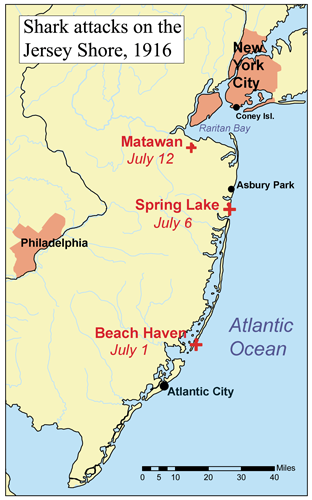
Then 10-year-old Lester Stilwell was bitten and dragged under the water while playing with his friends in Matawan Creek. A 24-year-old local, Watson Stanley Fisher, hurried into the creek to look for Stilwell's body, but he, too, was mauled by the shark and eventually died.
That same day, just a mile downstream, 14-year-old Joseph Dunn was also bitten. He survived the attack.
These third and fourth deaths thrust New Jersey's shark problem into the national spotlight, and marked a turning point in America's collective psyche, according to Burgess: Sharks were no longer just interesting marine animals, they could be killers.
President Woodrow Wilson allotted federal aid to "drive away all the ferocious man-eating sharks which have been making prey of bathers," the Philadelphia Inquirer reported on July 14, 1916.
The Philadelphia Evening Ledger said on July 15 that "the shark menace was formally discussed the day before at a Cabinet meeting in Washington." The newspaper reported that a ship would be dispatched to cooperate with the Coast Guard, and "active warfare against sharks instituted."
Meanwhile, New Jersey fishermen, Coast Guard members, and townspeople threw sticks of dynamite into Matawan Creek and used wire nets to try to capture the offending animal.
Local fishermen ended up catching various shark suspects, including a 215-pound, 9.5-foot-long female shark with 12 babies in her belly.
Finally, New Yorker Michael Schleisser caught and killed an 8-foot, 325-pound great white just a few miles from where Stilwell and Fisher were attacked. The creature had 15 pounds of human remains in its stomach.
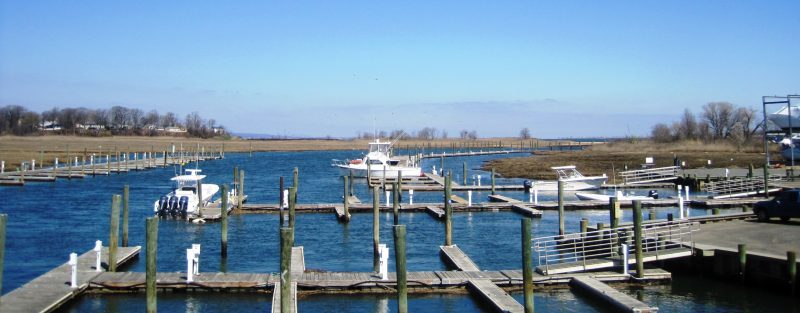
No further incidents occurred after Schleisser's catch, Burgess said, so most shark experts agree that it was indeed the perpetrator. Some scientists, however, argue that a bull shark could have been responsible, since those sharks prefer brackish water habitats like Matawan Creek more than great whites do.
Regardless of the species, the 1916 attacks were "a very unusual situation that's unlikely to happen again," Burgess said.
"Most sharks aren't going to be serial killers of humans," he added.
There was only one other known case of multiple attacks by the same shark
Burgess said that in the 50 or so years he's studied sharks, he's aware of just one other incident that involved a series of bites by a single animal. In 2010, the Egyptian government requested Burgess' assistance after a series of attacks on tourists near the Sharm el-Sheikh resort in the Red Sea.
Four people were attacked along the coast there on December 1, and three of the swimmers lost portions of their limbs. Four days later, a shark bit off a German woman's arm while she was snorkeling in the area, and she died.
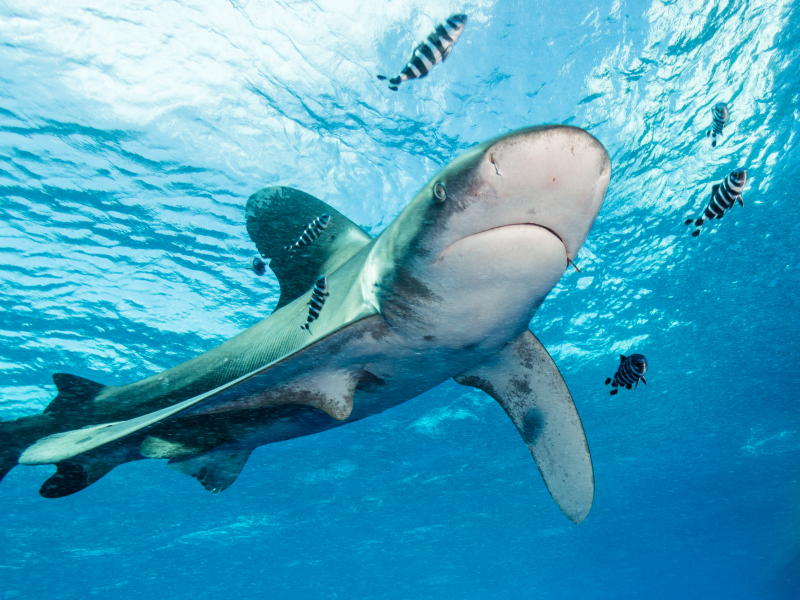
Using photographic evidence, scientists were able to ascertain that the same oceanic whitetip shark carried out all the attacks, Burgess said. The shark in question had followed a boat from New Zealand that was transporting sheep. As it traveled, the boat had been dumping the livestock's waste, as well as sheep that died along the journey, into the water, so the shark had been getting free food. Once the easy meals dried up, Burgess said, the animal "had to find food in a strange place."
A shoreline replete with swimming tourists may have been the most promising area to look.
But sharks don't like to eat humans
In the Universal Studios trailer for "Jaws," here's how the narrator describes the great white shark: "It lives to kill. A mindless eating machine. It will attack and devour anything. It is as if God created the devil and gave him jaws."
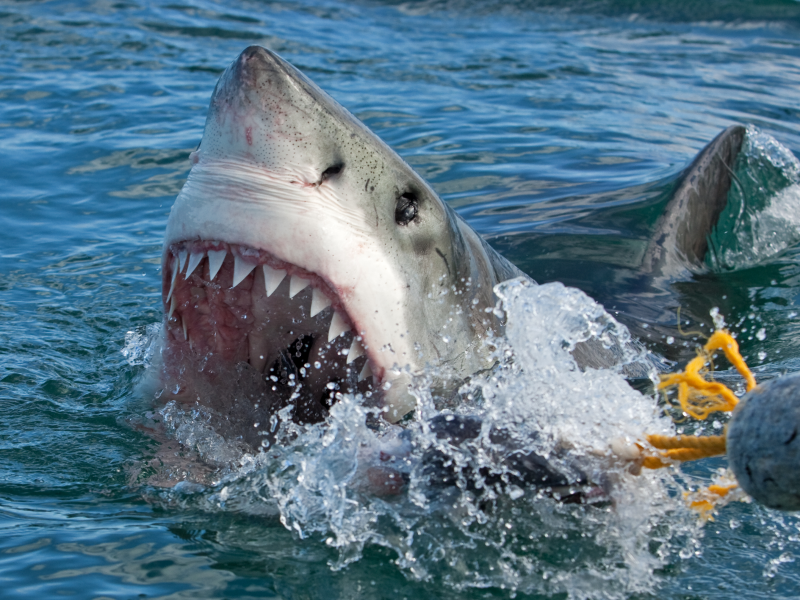
But that's quite far from the truth, according to Burgess.
"Sharks aren't after humans as a regular prey item," he said, adding that the animals would rather hunt familiar fish and seals.
Imagine, Burgess said, someone "putting some strange dish in front of you for a meal versus your favorite dish and having you choose which one you want." That's the choice sharks face with humans.
But it's still good to be aware of the inherent risks of swimming in water that we share with sharks, he added.
"The ocean is a wilderness, not a backyard swimming pool," Burgess said. "It includes animals like sharks, sting rays, and jellyfish that can, and occasionally do, hurt us."

